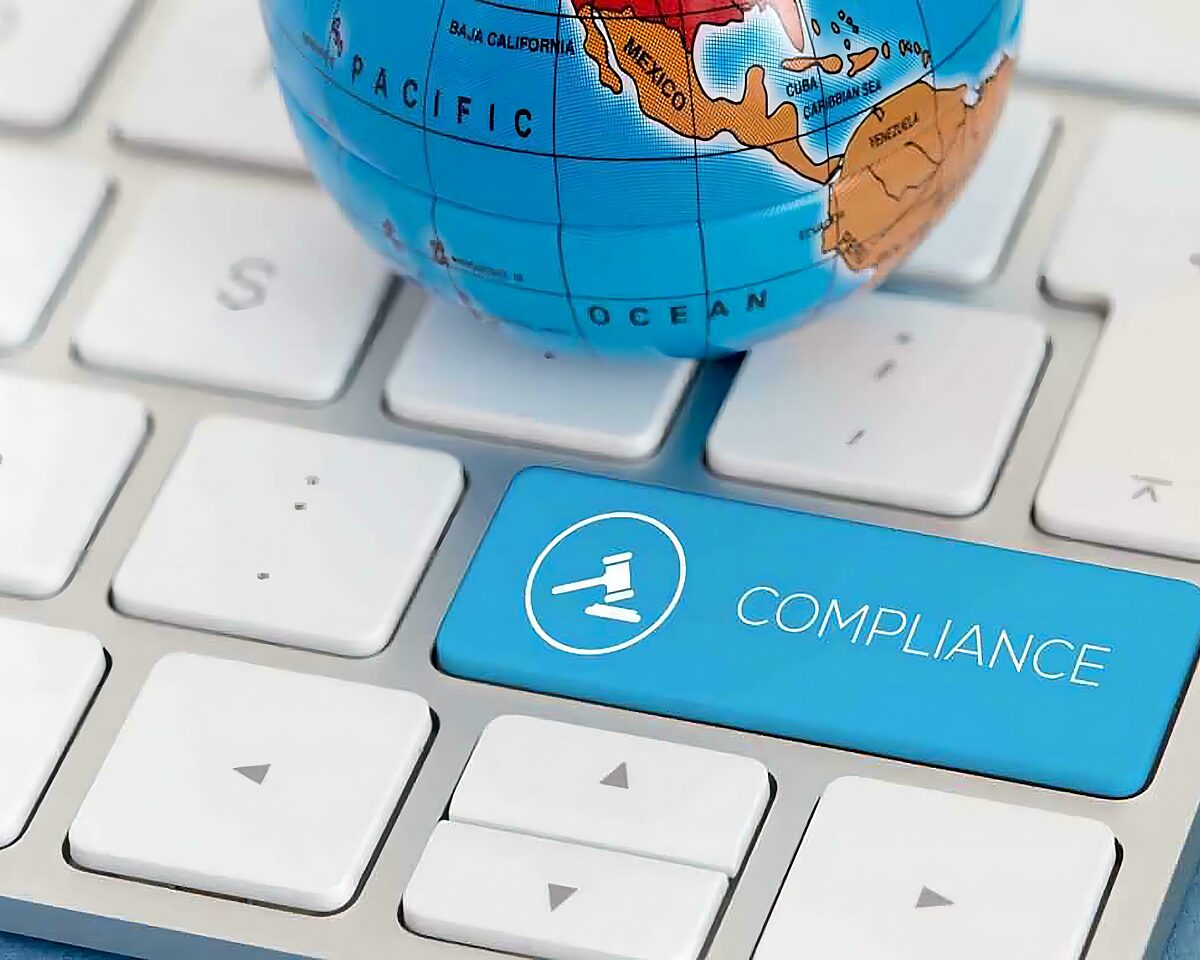This blog was updated in November 2023.
You've probably heard of SOC 2 compliance and its significance for businesses, but do you truly understand its role in safeguarding your company's integrity and data security? Your customers are increasingly vigilant about their data's security, making SOC 2 certification a badge of trust. Yet, achieving this certification is far from a walk in the park.
However, because businesses vary in their mode and scope of operations, there's no cookie-cutter strategy that will seamlessly guide you through the process. While a generic checklist might seem like the logical starting point, it falls short in addressing unique and diverse demands.
This is where SOC audits come in. They emerge as a custom-tailored solution designed to assess your organization's specific security and compliance needs. This approach ensures that your security measures align precisely with your industry, customer expectations, and the nuances of your business.
In the following sections, we'll delve into the essential steps and considerations for SOC 2 compliance, highlighting the importance of a personalized approach to fortify your organization's data protection practices and instill trust in stakeholders.
Defining the Scope and Objectives of SOC 2
So, what is compliance in simple words? SOC 2 compliance assures customers and stakeholders that businesses are diligently safeguarding their sensitive data. However, the path to this assurance entails a deeper understanding of the audit's inner workings.
SOC 2 audits focus on five fundamental categories at the core of any organization's security measures. They include:
- Infrastructure: This category scrutinizes the physical and virtual elements of your IT framework. It assesses the infrastructure's security, reliability, and resilience.
- Data: Data is the lifeblood of any operation. SOC 2 examines how data is stored, processed, and protected within your organization to ensure its confidentiality, integrity, and availability are upheld.
- People: The human factor is pivotal in security. After all, over 70% of cybersecurity attacks are due to human error. SOC 2, therefore, evaluates how well your staff is trained and how effectively they adhere to security protocols.
- Software: The software you use plays a significant role in data security. SOC 2 assesses the applications and systems that handle your data, checking for vulnerabilities and adherence to best practices.
- Risk management policies: SOC auditors examine your policies and procedures to mitigate and respond to security risks.
Understanding your organization's unique blend of these elements is crucial, as it influences your audit experience. The audit scope is customized to your specific business operations, ensuring that it reflects your security measures and challenges.
Type I Vs. Type II Audits
Choosing between Type I and Type II audits is another critical decision. Type I audits provide a snapshot of your security compliance daily, providing a relatively less comprehensive evaluation. On the other hand, Type II audits span an extended duration, offering a more in-depth analysis. They scrutinize data over a specific timeframe, evaluating the efficacy of your ongoing security controls in real time.
Type II certification is the gold standard as it gives a more thorough and credible assessment—a quality that aligns with customer expectations. It is, therefore, advisable to opt for a Type II audit to exhibit a sustained commitment to robust security practices.
